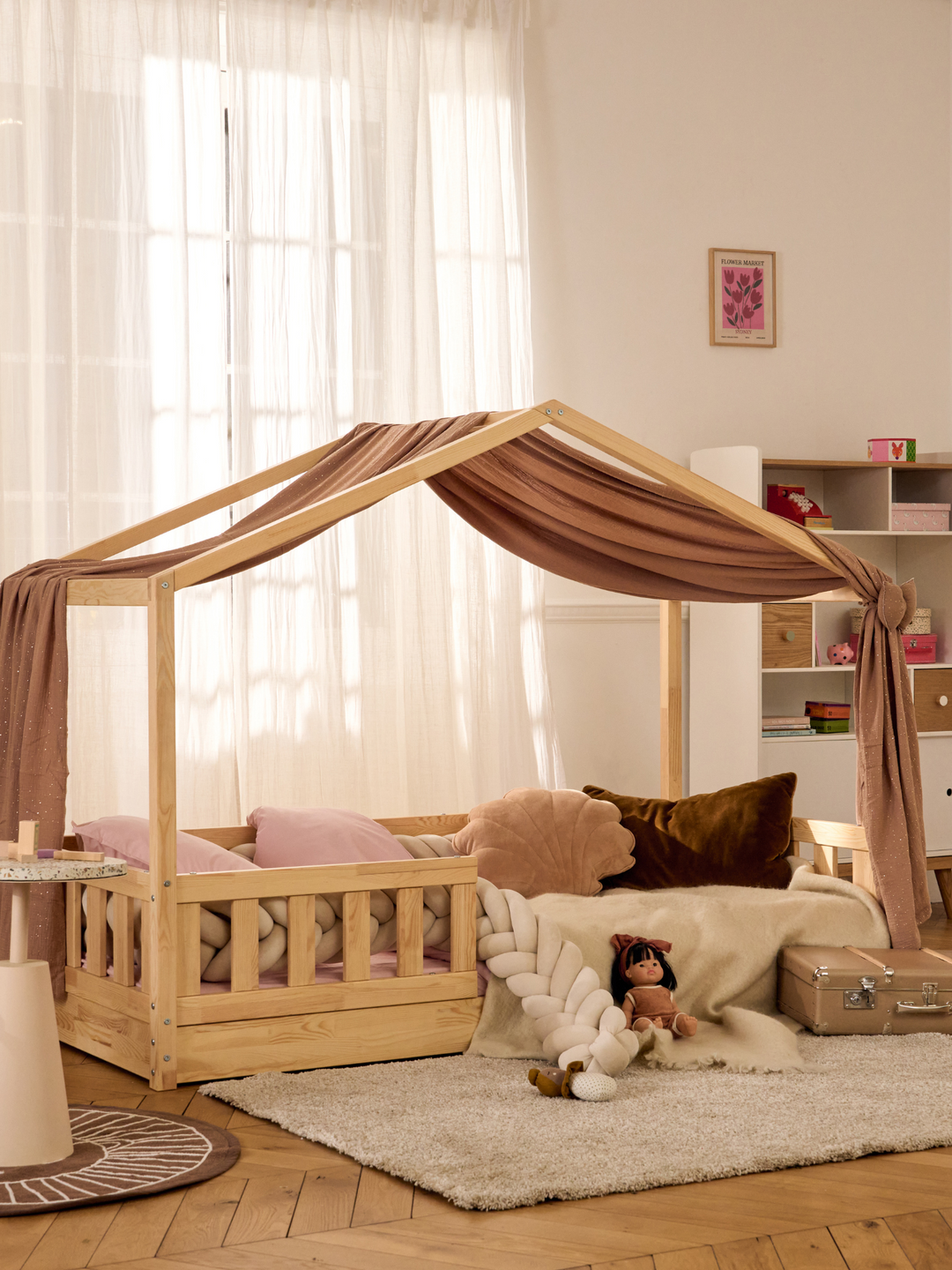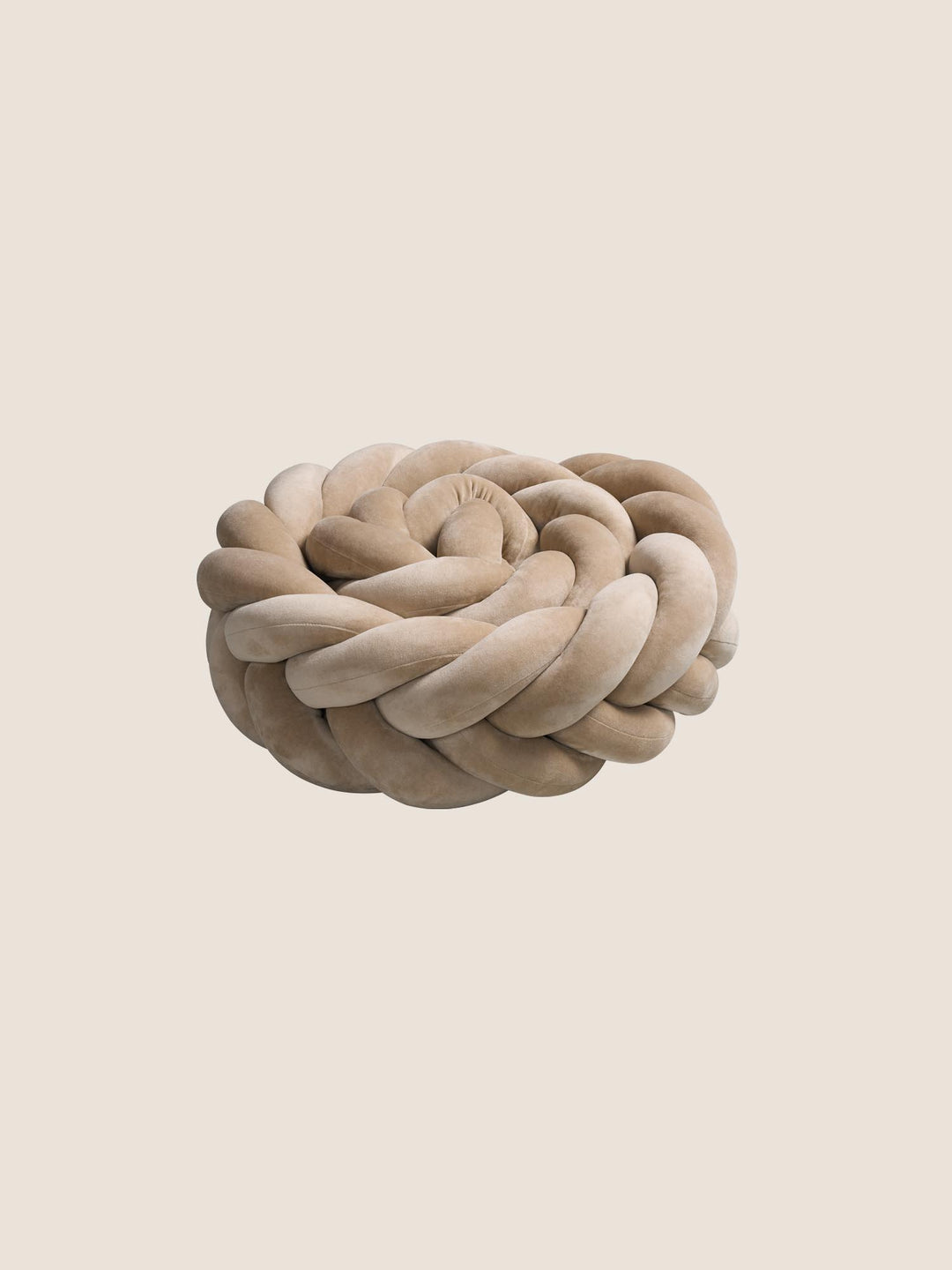When the nights become less mild and sleep less peaceful, isn't it time to check the quilt that envelops the dreams of the youngest? A hut bed quilt adopted for its comfort is responsible for watching over children's sleep, and this within a structure designed to stimulate their imagination. But there comes a time when it has to make way for a new nocturnal companion. But what are the signals that call for her replacement? It's essential to observe its condition for any visible wear and tear, or any weakening of its performance - all signs that its efficiency and hygiene are no longer at their peak. Hygiene issues, the vagaries of growth and the vagaries of the thermometer are all chapters to be taken into account. For more advice on when and how to renew this key element of nocturnal well-being, consult our guide to cabin bed comforters and find out how to maintain a cabin bed comforter for children.





